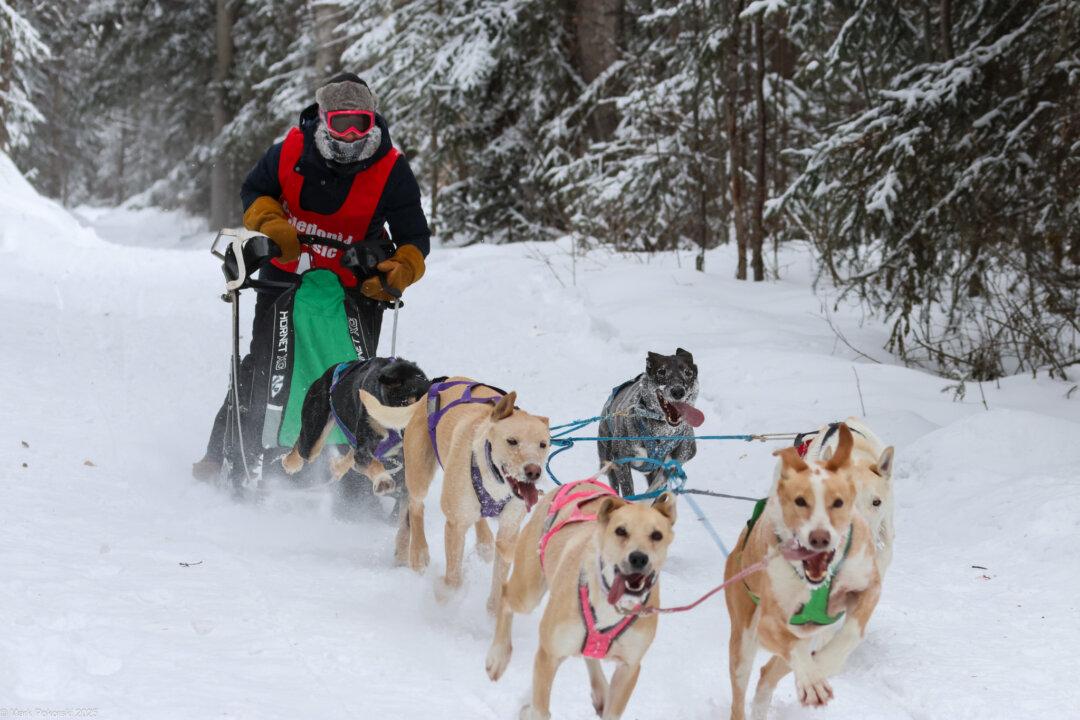Dozens of structures have been completely or partially destroyed by wildfires in the British Columbia town of West Kelowna.
“At least 50 structures are confirmed destroyed by fire in that area … it’s reasonable to assume that most, if not all of these structures are homes,” British Columbia Premier David Eby told a news conference on Aug. 21.





